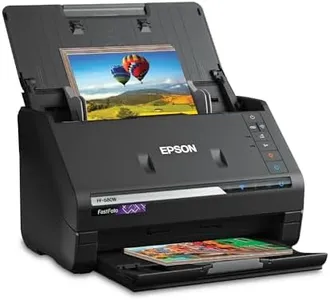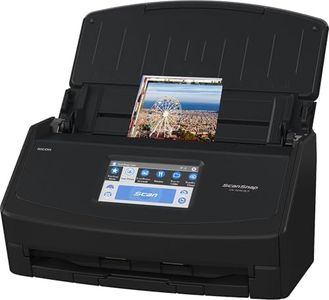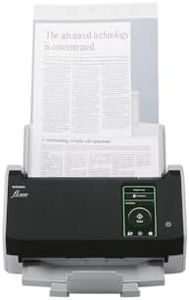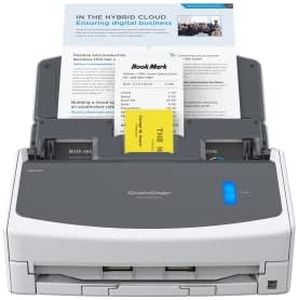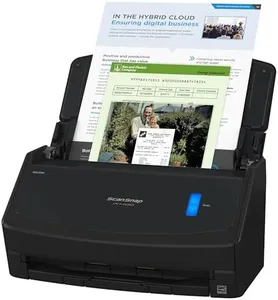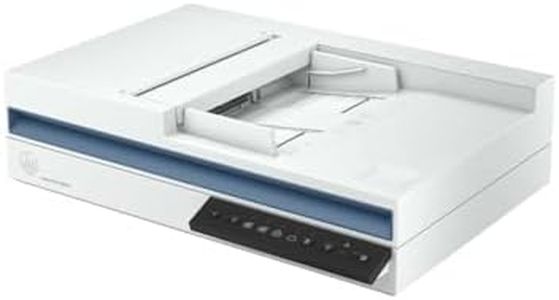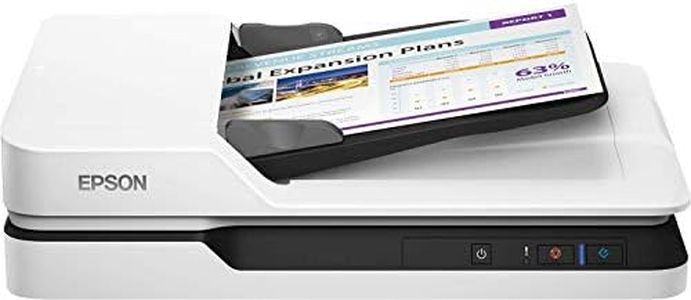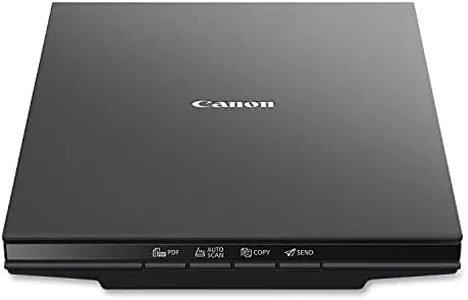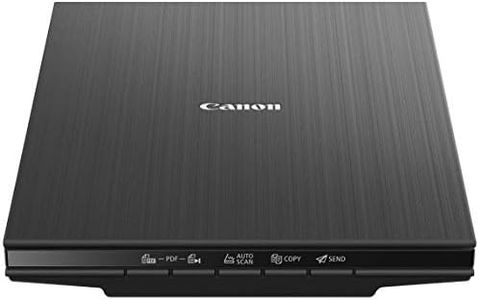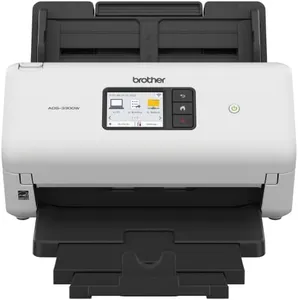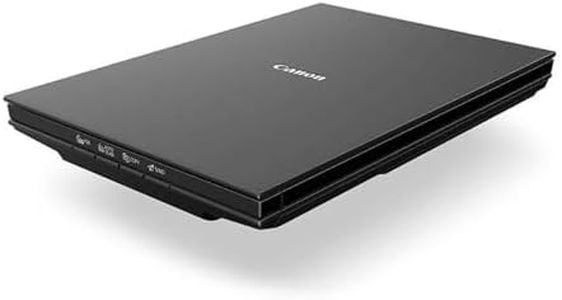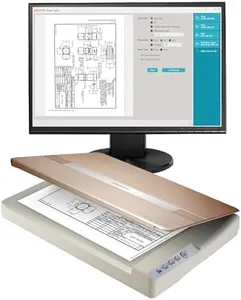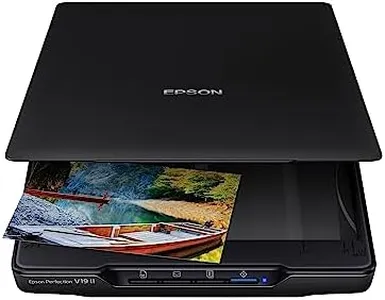We Use CookiesWe use cookies to enhance the security, performance,
functionality and for analytical and promotional activities. By continuing to browse this site you
are agreeing to our privacy policy
10 Best Flatbed Scanners
From leading brands and best sellers available on the web.By clicking on a link to a third party's website, log data is shared with that third party.
Buying Guide for the Best Flatbed Scanners
Choosing a flatbed scanner is about finding the right balance of image quality, speed, and features that fit your needs. Whether you are digitizing photos, documents, artwork, or film, it's important to focus on the core specifications that affect how well the scanner will perform for your specific tasks. Think about what you'll be scanning most often, your available space, and how much flexibility you need in terms of connectivity and software.Optical ResolutionOptical resolution, measured in dots per inch (DPI), tells you how much detail the scanner can capture in a single pass. Higher resolution is important when scanning photos, negatives, or anything where fine detail matters, while lower resolution is often enough for simple documents. Typical flatbed scanners offer resolutions from 600 DPI (suitable for documents or text-based tasks), up to 4800 DPI or even higher (better for photos, art, or film). To choose, consider the quality you need: if you're mostly scanning text, a lower DPI is fine, but if you want to archive photos or create enlargements, go for a higher DPI.
Scan SpeedScan speed reflects how quickly a scanner processes a page or image, usually listed as seconds per page or pages per minute. If you have high-volume scanning tasks, such as archiving lots of photos or documents, a faster speed saves you time. If you’re only scanning occasionally or individual items, speed is less critical. Think about how much you'll scan at a time – choose a faster model for big projects, and don’t worry as much about this spec for light, occasional use.
Color DepthColor depth refers to how accurately the scanner can capture variations in color and shade, often measured in bits like 24-bit or 48-bit. Higher color depth means richer and more accurate color reproduction, which is particularly important if you’re digitizing photographs, art, or film. For standard document scanning, lower color depth is fine, but if image quality is important and you plan on editing or printing your scans, opt for a higher color depth.
Maximum Scan SizeMaximum scan size indicates the largest document or photo the scanner can handle in one pass, usually listed as A4, letter, or larger sizes. If you only need to scan regular documents or standard-sized photos, most basic models work fine. However, if you’ll scan legal documents, artwork, or anything larger than letter size, check for a larger glass size. Match your choice to the size of materials you want to scan most often.
Connectivity OptionsConnectivity refers to how the scanner connects to your computer or network. USB is common, but some models offer Wi-Fi, Ethernet, or even direct scanning to cloud services. If you want flexibility to scan from multiple devices or locations, look for wireless options. For a simple workstation setup, USB is often enough. Consider what devices you plan to use the scanner with and where you’ll place the scanner.
Included Software and FeaturesSoftware bundled with the scanner can simplify scanning, editing, and organizing your documents or images. Some packages include OCR (Optical Character Recognition) for turning scans into editable text, or advanced image correction tools for photos. More complete software is helpful for users who want a seamless digitizing workflow, while basic needs may require only a simple scan application. Assess your comfort with tech and your intended use to determine how much software support will benefit you.
